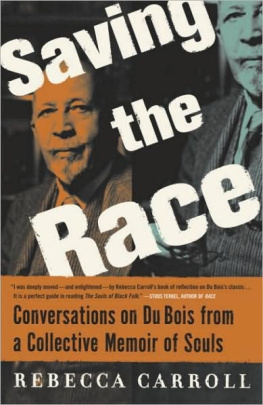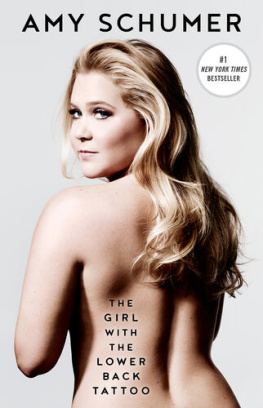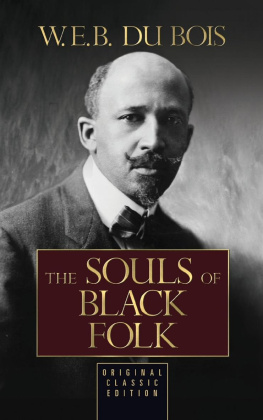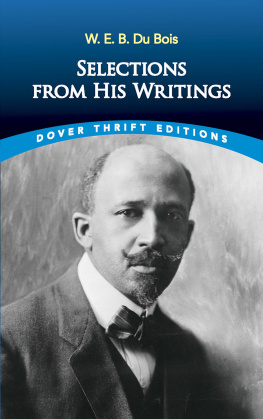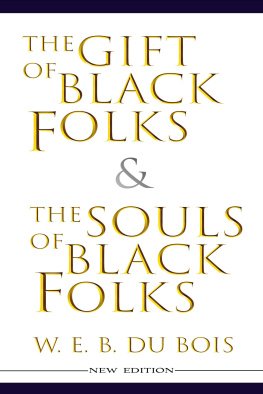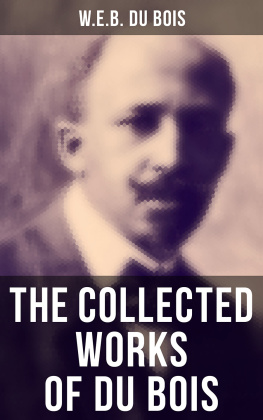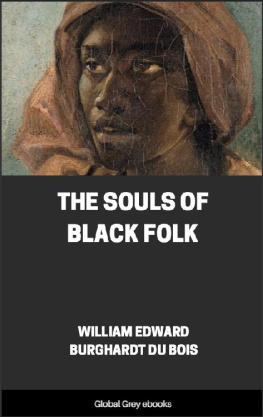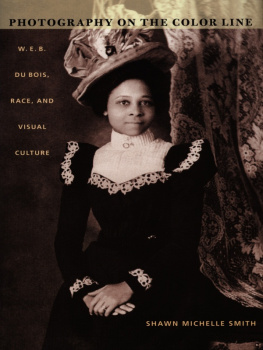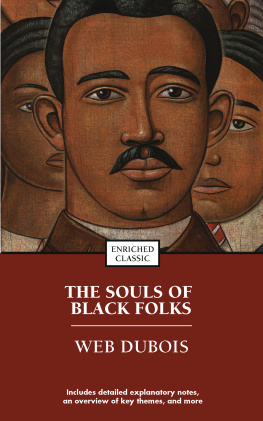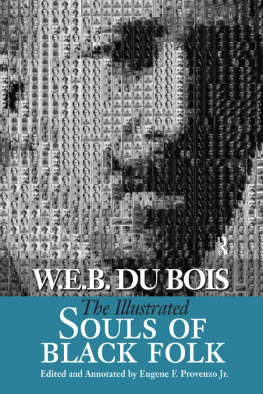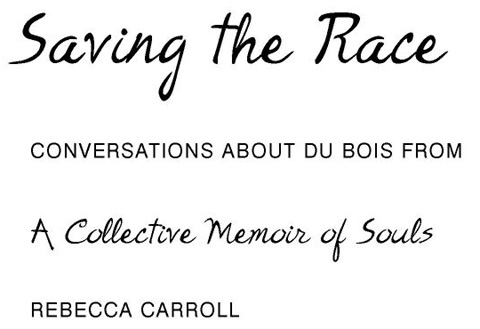
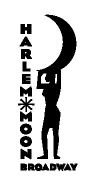
Harlem Moon
Broadway Books
New York
Table of Contents
For Monique, Beck, and Larc
I PRAY YOU, THEN, RECEIVE MY LITTLE BOOK IN ALL CHARITY, STUDYING MY WORDS WITH ME, FORGIVING MISTAKE AND FOIBLE FOR SAKE OF THE FAITH AND PASSION THAT IS IN ME, AND SEEKING THE GRAIN OF TRUTH HIDDEN THERE.
W. E. B. Du Bois, The Souls of Black Folk
Acknowledgments
I wish to first extend deep thanks for continued support and encouragement from my familyespecially my parents, David and Laurette Carroll; also Renny Waldron, Laura Perkins, Sean Carroll, Riana Frost, Jennifer Berkeley, Gary Waldron, Pepe Lopez, and Kiko Lopez. And to the following friends, writers, readers, honest critics, and genuine champions: Sherman Alexie, Peter Glenshaw, Annie Burke, Tim Dansdill, Christy Cox, Agnes Burke, Patricia Gaines, Randy Dottin, and Derek Loosvelt. I would like to express my gratitude for the monthlong writing residency I was awarded at the Jentel Artist Residency Program in Banner, Wyoming, which allowed me to write the first draft of this book. I am grateful to Sandy Scott and Judy Sutcliffe, and all the fine people of Galena, Illinois, where I was lucky enough to spend two quiet and simple months working on the second draft of this book. I am appreciative for the generosity extended to me by A Room of Her Own Foundation in Placitas, New Mexico. I am heartened by the fact that my keen and unassailable agent, Meredith Bernstein, keeps believing in me and selling my work. And finally, I am delighted to have had the opportunity to work with my editor on this book, Janet Hill, whose feedback and insights were integral to my finishing these pages.
Prologue
I started this book with the sense that I could introduce new language and produce original content based on and inspired by themes set forth in the 1903 classic essay collection, The Souls of Black Folk, by W. E. B. Du Bois. I wanted to know how contemporary black Americans maintain, uphold, and reconcile (or not) with the words and prophesies Du Bois expressed in Souls, and I wanted to explore thoughts within and beyond the more immediately recognizable concepts in the book: One ever feels his two-nessan American, a Negro; two souls, two thoughts, two unreconciled strivings; two warring ideals in one dark body, whose dogged strength alone keeps it from being torn asunder. What of the dogged strength? Is it not, in part, the experience and rawness from being torn asunder that makes black culture what it is?
There are many extraordinary theses presented in TheSouls of Black Folk, the body of which has been studied, critiqued, and analyzed primarily through academic channels over the past century. Indeed, last year marked the centennial of the books publication, celebrated by any number of conferences, lectures, on-line Web casts, and other noteworthy presentations. I thought, however, that it would also be important to pair the ideas in Souls with individuals not just from academe but from black culture at large. Individuals who may represent the choice to stay six degrees of closeness to the pain of slave history and who have built careers and perhaps created demagogies around that choice. Many have cultivated what feels to them like irreparable psychological hurt and emotional damage. Maybe it is irreparable. And maybe it is not. Maybe it is entirely reparable. If black Americans are given a choice about whether or not to stay connected to, pained and damaged by, slave history, is the choice always yes? And, of course, more important, does the choice exist, or will it ever? Many black Americans would question the authenticity of this authors blackness based on such questioning alone.
The problem of the twentieth century is the problem of the color-line, Du Bois wrote, memorably, in Souls. And still, too, the problem of the twenty-first century. The writing of this book is cogent for me not only because of the insights I hope it may reveal about ways in which the problem of the color line continues to shape black America but also because of my desire to settle the problem of my own more personal, privatized color line.
I am biraciala white birth mother and a black birth fatherand I was adopted and raised by white parents. The ambiguity surrounding my racial identity as a young girl prompted the somewhat unsettling phrase culturally white and cosmetically black, which I heard for the first time from my birth mother, whom I will call Tess, and with whom I reunited when I was eleven years old. I feel, though, that I am more like what Du Bois termed in his Souls essay Of the Training of Black Men, a tertium quid. Not, perhaps, as he wrote, like a clownish, simple creature, but certainly at times even lovable within its limitations, but straightly foreordained to walk within the Veil.
Brown-skinned in variations of light to semilight but not often dark, articulate English-non-Ebonics-speaking, not terribly down but willing to be identified as or associated with folks who are, asked to choose sides if push comes to shove, demanded upon to prove authenticity at practically every streetlight, street fight, throw-down, SAT boycott, student union meeting, political rally, hair salon, and first dateI am among the first generation for whom this particular identity is socially prevalent: the biracial entity. In turns, a step above the tragic mulatto, and a generation or two removed from the master and his slave mistress; the child made of curious white girls and angry black boys, or less often angry black girls and curious white boys, seduced by the rage and revolution of the sixtiesthe child then heroically kept or stoically given away, ever still a product of charged, semiprivileged rebellion and abandonment, sure to bring about a new race and species of understanding. Does my soul matter?
As best as I can recall, it was Tess who introduced me to The Souls of Black Folk. Although my adopted parents had made me aware of my blackness as best they could, they did not seek out ways and means to define it for me. Tess did. This included her giving me Maya Angelous I Know Why the CagedBird Sings for our first Christmas together, and a legion of verbal embassages on black cultural behavior based solely on her own general expertise.
Later on, I learned that when Tess was growing up, her mothera dark, afflicted, and self-invented aristocratic Anglophile with a legendary intellect, well cultivated and preserved by her proud, if abandoned, progenyhad often held salons, which included many black writers and artists, in the living room of their home in Bostons Hyde Park. I discovered, too, that Tesss white jazz pianist father had played in what was then widely considered to be Bostons first integrated jazz band. But at this timemy being preadolescent at best and having encountered maybe all of three black people in my life at that pointI certainly was not intent on, or even thinking about, checking Tesss credentials on the matter of black culture.
There was, though, a copy of Souls in the dusty, overcrowded bookshelves of the late-eighteenth-century Colonial house where I grew up in rural New Hampshire, before I began spending large amounts of time with Tess at her apartment on the New England seacoast about sixty-five miles east. It was probably even close to a first edition, but for whatever reasons, I was never drawn to it, even though its spine sat emboldened between other books I liked
Next page
